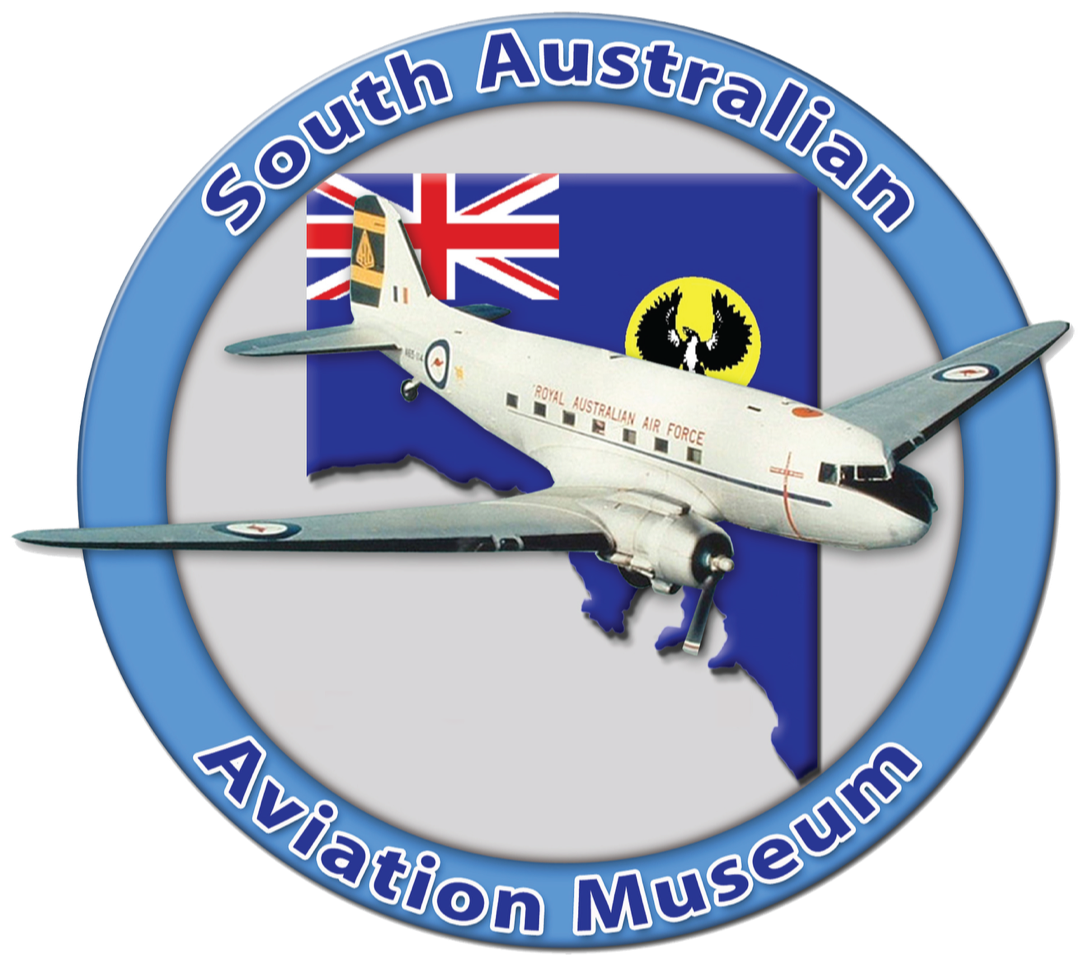South Australian Aviation Museum
16 Bedford Street, Port Adelaide 5015
P.O. Box 150, Port Adelaide 5015

The
South Australian Aviation Museum Foundation was established in 2022. It is incorporated as a public ancillary fund trust and is endorsed as a deductible gift recipient so all donations to it are 100% tax deductible.
Our objective in forming the Foundation is to establish it as a prudently managed and safely invested capital base to enable us to anticipate and provide for the major longer-term funding needs of the Museum. This is vital if the Museum is to maintain its inspirational community role of telling the South Australian Aviation story for future generations. For more information about the Foundation's structure, mission, vision and goals, and how to donate,
click here to go to the Foundation's website.
Access to SAAM used to be from Lipson Street, just south of the National Railway Museum, but the reopening of the Port Dock Rail Line and Station has neccessitated a change in accessing SAAM. We are now
just a short (7min) walk from the Port Dock Rail Station and Bus Interchange along the Adelaide to Outer Harbour (cycling and pedestrian) Greenway, or if you are coming by car, the entrance is at 16 Bedford Street, Port Adelaide, which is easily accessible from Grand Junction Road via Gray Street, of from the Port River Expressway, via Perkins Drive. For more information on visiting SAAM please
click here.

Vehicle Entrance at 16 Bedford Street.
SAAM is a volunteer organization with no paid staff. All volunteers are required to be members of SAAM. All members will go through both an acceptance and an induction process before commencing work at SAAM. This includes a police clearance and/or a working with children clearance.
If you have an interest in aviation and would like to help, then SAAM might be the place for you. You might choose to work on the desk greeting visitors or be trained as a tour guide. You might work behind the scenes in the library, cataloguing donated books or digitising photographs. Maybe you could join the curator or display teams or maintenance and landscaping. If you have a background in aircraft maintenance and engineering, you might find a place in our workshop restoring aircraft or associated aviation equipment.
For more information on SAAM membership,
click here.
For a copy of the Membership Application Form,
click here.
For more on the SAAM History Group,
click here
For more on SAAM's Junior Supporter Program,
click here
For more on SAAM's Research Center,
click here
For more on SAAM's Restoration Team,
click here
For more on Volunteering at SAAM,
click here






